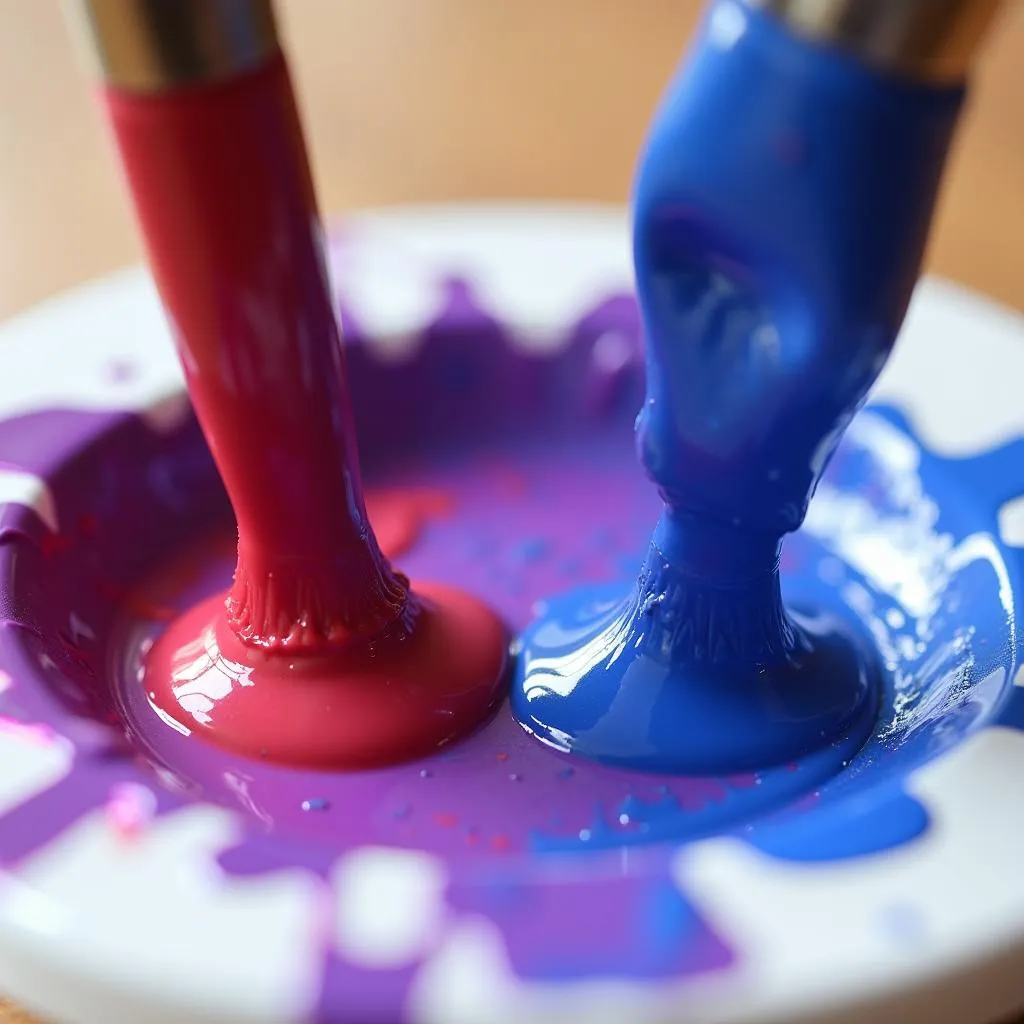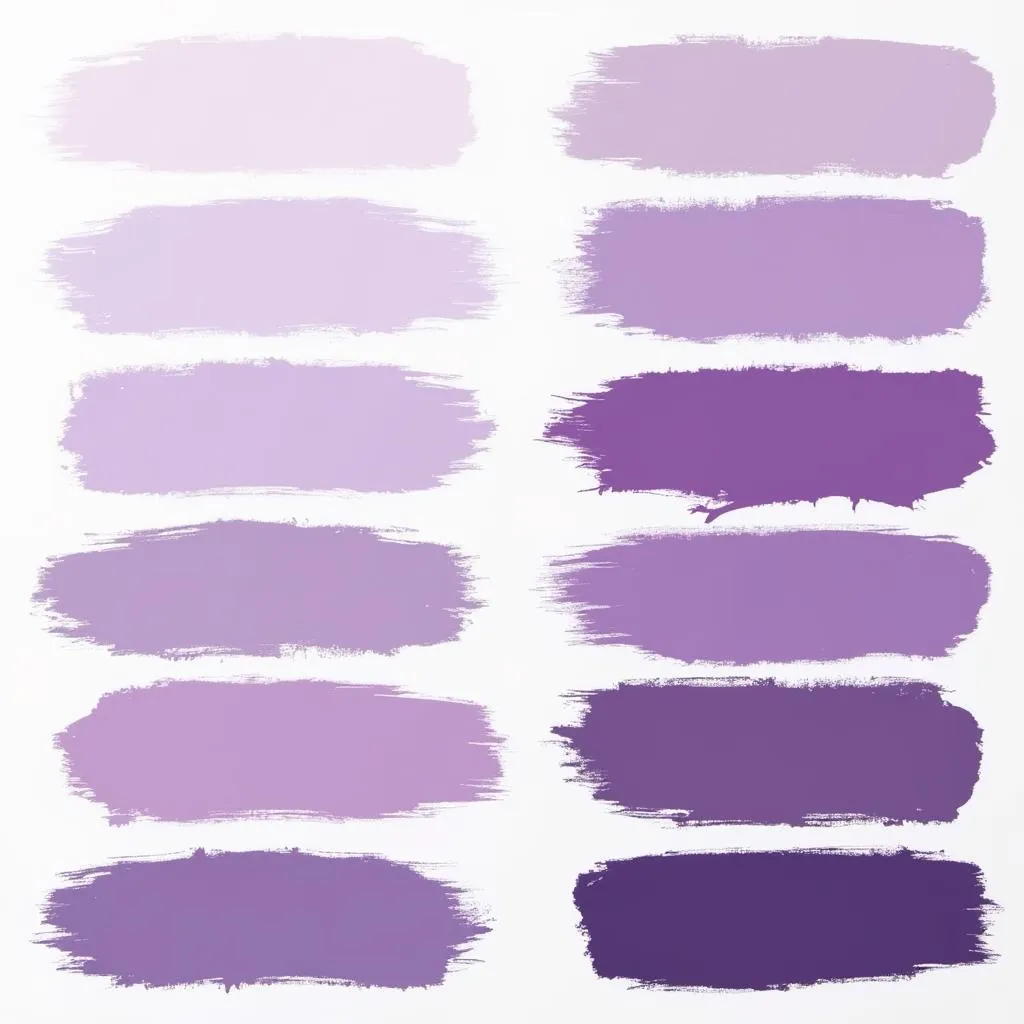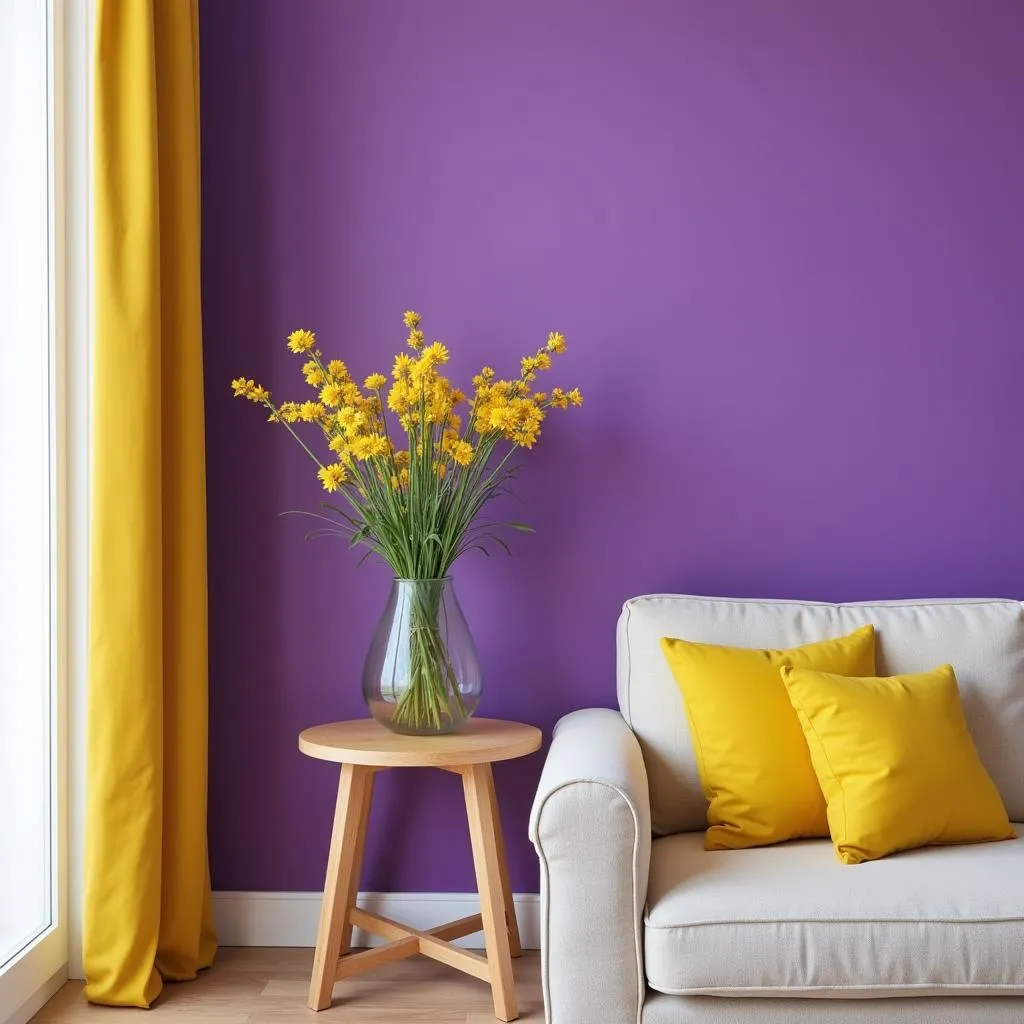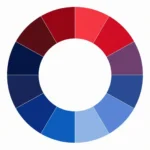Purple, a color often associated with royalty, mystery, and creativity, can transform any space into a captivating sanctuary. Whether you’re aiming for a bold statement or a subtle touch, knowing how to mix purple paint opens up a world of possibilities for your home decor. This guide delves into the art of creating this alluring hue, empowering you to become a master of your own color palette.
 Mixing Red and Blue Paint to Get Purple
Mixing Red and Blue Paint to Get Purple
Understanding the Color Wheel: The Foundation of Purple
Before diving into the mixing process, it’s essential to grasp the basics of the color wheel. This indispensable tool for artists and designers alike illustrates the relationship between different colors. Purple, being a secondary color, is born from the union of two primary colors: red and blue.
Mixing the Perfect Purple: A Step-by-Step Guide
Creating your desired shade of purple is a journey of experimentation and balance. Follow these steps to embark on your color mixing adventure:
- Start with a clean palette: A white palette provides a neutral background to accurately assess your mixed colors.
- Choose your primary colors: Opt for a cool red, like crimson or alizarin crimson, and a warm blue, like ultramarine blue, for a vibrant purple. Alternatively, experiment with warmer reds like cadmium red and cooler blues like Prussian blue for different variations.
- Gradual incorporation is key: Begin by adding small amounts of blue paint to your red paint. Gradually increase the blue paint while mixing thoroughly until you achieve your desired purple shade.
- Test your color: Before committing to your masterpiece, test the mixed purple on a small, inconspicuous area of the surface you plan to paint. Allow it to dry completely to observe the true color as it will appear once dry.
Fine-tuning Your Purple: Achieving Specific Shades
The beauty of mixing your own paint lies in the ability to customize shades to perfection. Here’s how to achieve some popular variations of purple:
Light Purple:
To achieve a delicate and airy light purple, also known as lavender, gradually add white paint to your mixed purple base. Start with small amounts of white paint and gradually increase until you achieve your desired lightness.
Deep Purple:
For a rich and dramatic deep purple, incorporate small amounts of black paint into your mixed purple base. Be cautious when adding black, as it can quickly darken the mixture.
Grayish Purple:
Adding a touch of gray to your purple mix can create a sophisticated and muted shade, often referred to as mauve. This subtle variation offers a calming and elegant ambiance to any space.
 Different Shades of Purple Paint Swatches
Different Shades of Purple Paint Swatches
Tips for Successful Purple Paint Mixing:
- Lighting matters: Natural light is ideal when mixing colors. The same purple paint can appear different under artificial lighting. Consider testing your mixed color in different lighting conditions to ensure you achieve your desired effect.
- Document your ratios: If you create a purple shade you love, make sure to note down the exact ratios of red, blue, and any additional colors you used. This will allow you to recreate the color effortlessly in the future.
- Practice makes perfect: Like any skill, mastering the art of color mixing takes practice. Don’t be afraid to experiment and explore different color combinations to expand your purple repertoire.
Beyond the Basics: Exploring Complementary Colors and Beyond
For those seeking to elevate their color play, consider incorporating complementary colors. Yellow, the complement of purple, can add a dynamic contrast when used thoughtfully. For instance, a touch of yellow ochre in a deep purple can create a sophisticated and earthy undertone.
 Painting a Wall Purple with Yellow Accents
Painting a Wall Purple with Yellow Accents
Conclusion
Mixing your own purple paint empowers you to become the artist of your living spaces. By understanding the fundamentals of color theory and following these practical tips, you can confidently create a spectrum of captivating purple hues to transform your home into a reflection of your unique style and personality.
FAQs
-
Can I mix purple paint with other colors besides red and blue?
Yes, you can experiment with adding other colors to your purple base to create unique shades. For example, adding yellow can create a warmer, brownish purple, while adding green can result in a more muted, grayish purple. -
What should I do if my mixed purple paint is too dark?
If your purple is too dark, gradually add small amounts of white paint to lighten it. Be sure to mix thoroughly after each addition to ensure even color distribution. -
What type of paint is best for mixing purple?
Acrylic or latex paints are generally suitable for mixing purple. However, it’s essential to use paints from the same brand and finish for consistency in color and texture. -
Can I mix purple paint using food coloring?
While it’s possible to mix purple using food coloring for small craft projects, it’s not recommended for painting walls or furniture. Food coloring lacks the durability and lightfastness of paint, and the color may fade over time. -
Where can I find inspiration for purple color palettes?
Nature is a fantastic source of color inspiration. Observe the various shades of purple found in flowers, sunsets, and gemstones. Online platforms like Pinterest and Instagram also offer a plethora of color palette ideas.
For more helpful tips and tricks on colors, you might find these articles useful:
- What color is Halloween?
- How to color in a turkey
- What color is grayish green
- How to fix wrong paint color
- What color walls with light wood floors
Need further assistance in mixing the perfect purple or any other color inquiries? Don’t hesitate to contact us! Our dedicated team at Color Box Hanoi is available 24/7 to provide expert guidance and help you bring your color visions to life. Reach us at Phone Number: 0373298888, Email: [email protected], or visit us at 86 Cầu Giấy, Hanoi. Let’s paint your world with vibrant possibilities!

